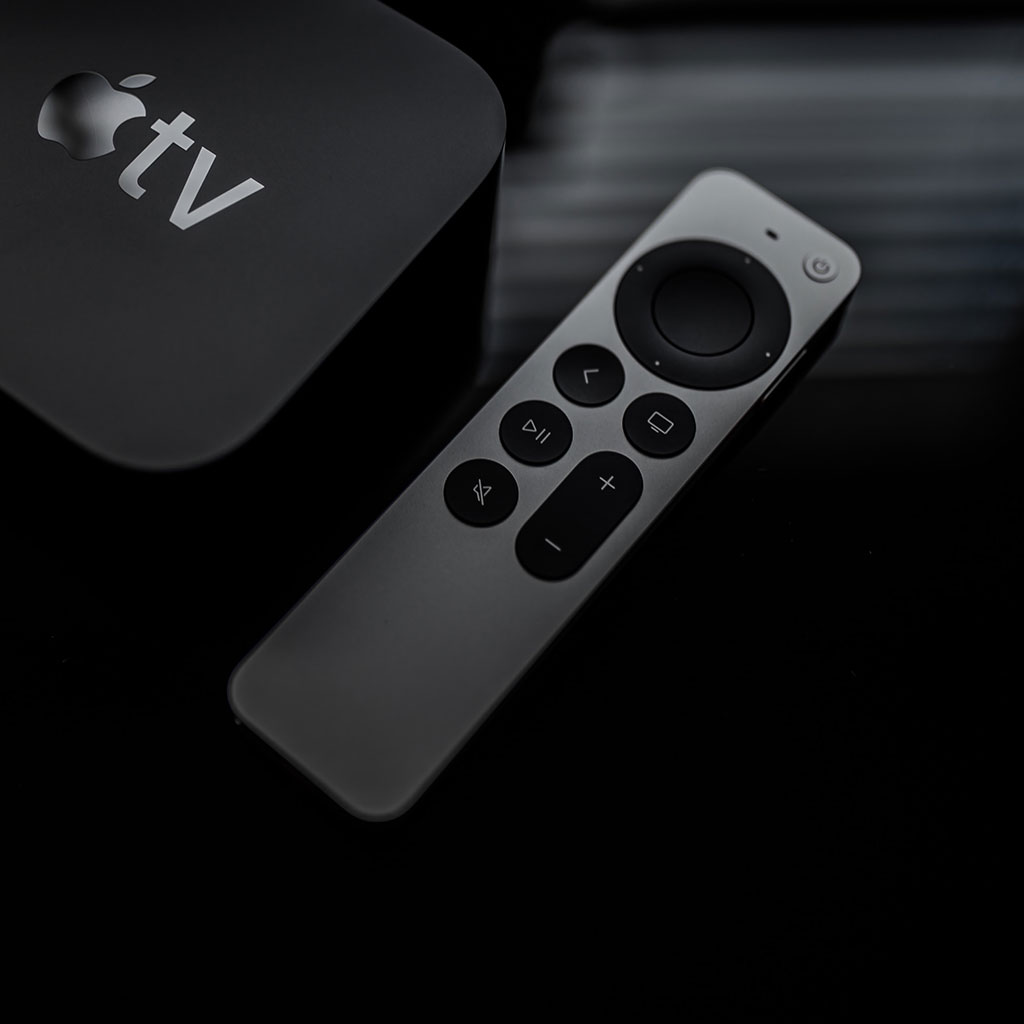Does Apple remote work with iMac
Does Apple remote work with iMac
Apple Remote, a small yet powerful device, is designed to enhance the user experience across various Apple products. In this article, we’ll explore whether the Apple Remote is compatible with the iMac, and how users can leverage its capabilities for seamless interaction with their desktop computers.
What is the Apple Remote and what functions does it serve?
The Apple Remote is a compact handheld device designed to control various Apple devices, providing users with a convenient way to navigate and interact with their systems from a distance. It operates using infrared technology, allowing it to communicate with compatible Apple devices without the need for a direct line of sight. Initially introduced as the “Apple Remote” in 2005, it has since evolved through several generations, including the aluminum version and the Siri Remote, which is primarily designed for use with the Apple TV.
The functions of the Apple Remote vary based on the device it’s being used with. For example, with an Apple TV, the remote allows users to navigate menus, adjust volume, play and pause media, as well as activate Siri for voice commands. In its 1st generation, it featured a simple circular interface with a prominent central select button, while the aluminum version incorporated a sleeker, buttonless design with a more intuitive touch-sensitive pad. Additionally, third-party apps and software, such as “Remote Buddy,” have been developed to expand its functionality, allowing users to customize its actions for specific applications and tasks. These innovations have made the Apple Remote a versatile tool, adaptable to a range of scenarios beyond its original design.
Is the Apple remote compatible with an iMac?
Yes, the Apple Remote is a device designed to work with various Apple products, including some iMac models. Here’s a detailed explanation:
1. Remote Control Functions:
- The Apple Remote is a small, handheld device with a circular control pad and several buttons that allow users to navigate menus, control media playback, and perform other functions on compatible Apple devices.
- It operates using infrared (IR) technology, which sends signals to an IR receiver on the target device.
2. Compatibility with iMacs:
- The compatibility of the Apple Remote with an iMac depends on the specific model and the presence of an infrared (IR) receiver.
- Older iMac models, typically those released before 2011, are equipped with an IR receiver and are compatible with IR-based Apple Remotes. These models can be controlled using the Apple Remote for tasks like adjusting volume, skipping tracks, and navigating menus.
3. Limitations with Newer iMacs:
- Newer iMac models released after 2011 do not include an IR receiver and therefore are not compatible with the older IR-based Apple Remotes. Instead, these iMacs rely on other control methods like Bluetooth peripherals (such as the Magic Keyboard or Mouse) or the Apple Remote app on iOS devices.
4. Enhanced Functionality with Third-Party Software:
- Users seeking to expand the capabilities of the Apple Remote can explore third-party applications like “Remote Buddy” which offer additional features and custom actions that can be performed using the remote.
5. Other Remote Options:
- Apple also offers the Siri Remote, which is designed specifically for the Apple TV and is not compatible with iMacs. It uses Bluetooth technology and offers more advanced features tailored to the Apple TV experience.
In summary, the compatibility of the Apple Remote with an iMac depends on the iMac’s model and the presence of an IR receiver. While older iMacs with an IR receiver can use the Apple Remote, newer models require alternative control methods. Additionally, third-party software can enhance the remote’s functionality for more customized interactions with the iMac.
What are the limitations of using the Apple Remote with certain iMac models?
The Apple Remote is a handy device for controlling various Apple devices, but its compatibility and functionality with iMacs are limited due to certain factors. First, not all iMac models are equipped with an infrared (IR) receiver, which is necessary for the Apple Remote to work. Many modern iMacs, particularly those released after 2013, do not have built-in IR receivers, making them incompatible with the Apple Remote. Users with these iMacs won’t be able to utilize the remote control’s features out of the box.
Additionally, while the Apple Remote can navigate through basic functions like adjusting volume, play/pause media, and controlling slides in Keynote presentations, its capabilities on an iMac are relatively limited compared to other input devices like a keyboard or mouse. It’s not ideal for performing tasks that require more complex input or precision, such as browsing the web, editing documents, or working with software applications. While third-party software like “Remote Buddy” can expand its functionality by customizing actions and enabling remote access to additional apps and features, these solutions may not provide a seamless or comprehensive experience, and users may still find themselves needing to resort to more traditional input devices for certain tasks.
Which remotes work with a MacBook?
Although Apple no longer provides their current MacBook models with a remote control, having one can be helpful for controlling iTunes or Keynote applications from a distance. Wireless peripherals like a remote allow you to execute key commands with one hand while being able to access what’s on the screen from across the room.
When shopping around for remotes compatible with your MacBook, it’s important to find out which ones support the OS X operating system. Not all remotes are interchangeable; they need to interface with your laptop and its specific software so that you can use them properly. Make sure you get the proper remote for your device – take advantage of customer reviews if possible and read up on specs for each option before making a decision.





You must be logged in to post a comment.